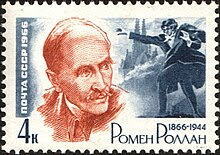Shri Krishna Singh (1887–1961) was an Indian politician and the first Chief Minister of the Indian state of Bihar. He played a crucial role in the independence movement and post-independence politics in Bihar. Here are some key points about Shri Krishna Singh:
Early Life: Born on 21 October 1887, in Ziradei, Bihar, Shri Krishna Singh was a prominent leader who emerged during the pre-independence era.
Political Career: Shri Krishna Singh was actively involved in the Indian independence movement. He joined the Non-Cooperation Movement led by Mahatma Gandhi and later became associated with the Indian National Congress.
Chief Minister of Bihar: After India gained independence in 1947, Shri Krishna Singh became the first Chief Minister of Bihar, serving from 1946 to 1961. He held the position for an extended period and made significant contributions to the development of the state.
Land Reforms: Shri Krishna Singh is particularly remembered for his efforts in implementing land reforms in Bihar. His government focused on addressing issues related to land distribution and the rights of farmers.
Social Reforms: He also worked on various social and educational reforms during his tenure as Chief Minister.
Legacy: Shri Krishna Singh is remembered as a statesman and a key political figure in Bihar's history. The airport in Patna, the capital city of Bihar, is named Jay Prakash Narayan International Airport, honoring both Shri Krishna Singh and Dr. Jay Prakash Narayan.
Death: Shri Krishna Singh passed away on 31 January 1961.
His contributions to Bihar's political and social landscape have left a lasting impact, and he is remembered as one of the prominent leaders in the state's history.
































.jpg)





